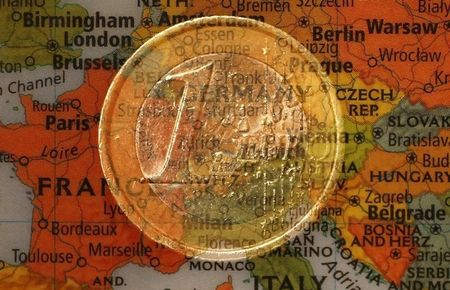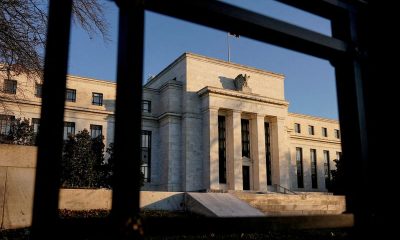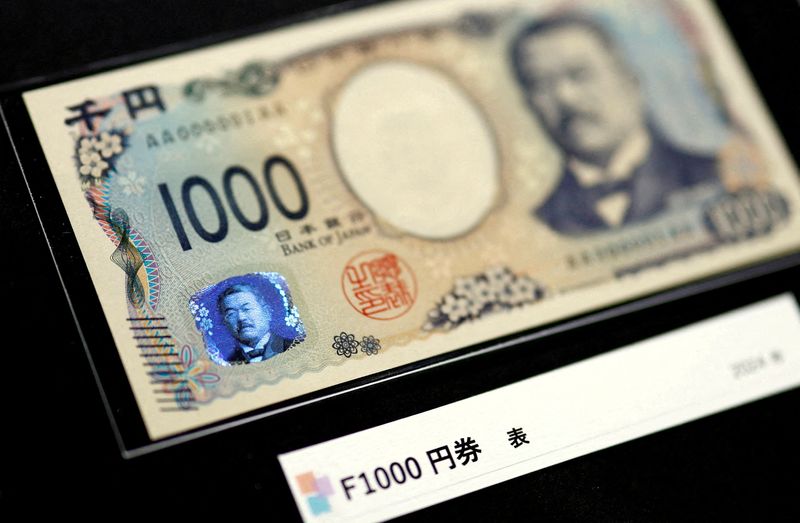Forex
USD/CNY to grind higher in near term: Analysts

UBS forecasted an upside risk to the exchange rate in the near term. The bank’s analysts predict that the People’s Bank of China (PBoC) may soon adjust the daily USD/CNY fixings upwards in response to the strength of the US dollar since the beginning of 2024.
The has seen a 4.6% increase this year, yet the PBoC has maintained the USD/CNY rate around the 7.10 mark to preserve currency stability.
The yuan’s relative strength against other major currencies has been a side effect of the PBoC’s stable fixings, which UBS believes is counterproductive to China’s economic growth and anti-disinflation efforts.
The bank suggests that the current US-China yield differentials, which have been widening, indicate that the USD/CNY should be trading closer to the 7.35–7.40 range.
UBS also noted that while a US Federal Reserve rate-cutting cycle beginning in September could lead to a downward trend for USDCNY, this potential decline might be tempered by concerns over US-China trade tensions in the lead-up to the US presidential elections in November.
The firm recommends that investors consider going long on USD/CNY, proposing a trade with a target of 7.35 and a stop-loss at 7.15. This strategy is expected to yield a positive carry of around 2.3% per annum.
InvestingPro Insights
Amidst the discussion of currency movements and central bank policies, investors might consider looking at individual stocks that could be influenced by such macroeconomic factors. Dixie Group Inc (DXYN), a company with a market capitalization of $7.63 million, presents an interesting case. With a negative P/E ratio of -2.74 and a Price / Book multiple of just 0.26 as of the last twelve months ending Q4 2023, it suggests that the stock is trading at low valuation multiples.
One InvestingPro Tip highlights that DXYN is trading at a low Price / Book multiple, which could be of interest to value investors seeking assets that may be undervalued relative to their book value. Additionally, the company’s valuation implies a strong free cash flow yield, which might appeal to investors looking for potential cash-generative businesses.
Despite the stock’s price volatility and its poor performance over the last month, with a -12.65% return, and the lack of profitability over the past twelve months, DXYN’s liquid assets exceed its short-term obligations, which could provide some financial stability in uncertain economic times.
For a deeper dive into Dixie Group Inc’s financial health and stock performance, including additional InvestingPro Tips such as the stock’s performance over the last decade and its EBIT valuation multiple, interested readers can explore more at: https://www.investing.com/pro/DXYN. There are 9 additional tips available on InvestingPro, and users can use the coupon code PRONEWS24 to get an extra 10% off a yearly or biyearly Pro and Pro+ subscription.
This article was generated with the support of AI and reviewed by an editor. For more information see our T&C.

 Forex3 years ago
Forex3 years agoForex Today: the dollar is gaining strength amid gloomy sentiment at the start of the Fed’s week

 Forex3 years ago
Forex3 years agoUnbiased review of Pocket Option broker

 Forex3 years ago
Forex3 years agoDollar to pound sterling exchange rate today: Pound plummeted to its lowest since 1985

 Forex3 years ago
Forex3 years agoHow is the Australian dollar doing today?

 World3 years ago
World3 years agoWhy are modern video games an art form?

 Cryptocurrency3 years ago
Cryptocurrency3 years agoWhat happened in the crypto market – current events today

 Commodities3 years ago
Commodities3 years agoCopper continues to fall in price on expectations of lower demand in China

 Economy3 years ago
Economy3 years agoCrude oil tankers double in price due to EU anti-Russian sanctions


































